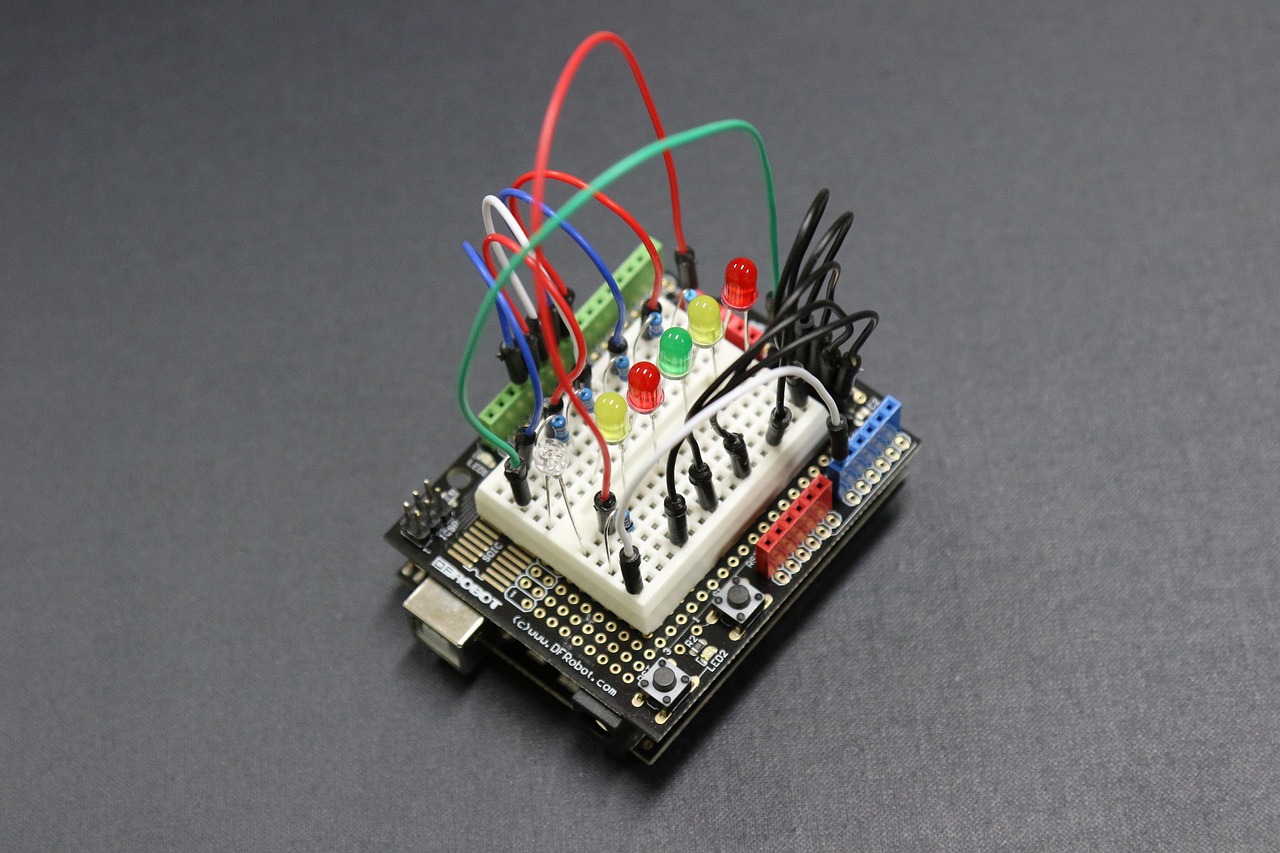Phosphorus Nitride: The New Player in the Semiconductor Game
Semiconductors are the backbone of our digital age, but the material that's been dominating this field for years—silicon—could be on its way out. A new contender, phosphorus nitride, is starting to turn heads in the semiconductor world, and it's all thanks to its impressive electrical and thermal properties.

A Trip Down the Semiconductor Memory Lane
Semiconductors have come a long way since their inception. They started as simple diodes in the early 20th century, evolving into the complex integrated circuits we see today. Silicon has been the material of choice since the 1960s, due to its abundant availability and ideal electrical properties. However, as we push the boundaries of technology, we’re starting to see the limitations of silicon—enter phosphorus nitride.
Unveiling Phosphorus Nitride
Phosphorus nitride is a compound composed of phosphorus and nitrogen. While it’s not a new material per se, its potential as a semiconductor was only recently discovered. Researchers have found that phosphorus nitride exhibits superior electrical conductivity and heat resistance compared to silicon, making it an excellent candidate for next-generation electronics.
The Advent of Phosphorus Nitride Semiconductors
The discovery of phosphorus nitride’s semiconductor properties is a game-changer in the tech industry. Its superior heat resistance means that it can withstand higher operating temperatures, thereby improving the longevity of electronic devices. Plus, its impressive electrical conductivity could potentially lead to faster processing speeds, ushering in a new era of high-performance electronics.
While the estimated price range of phosphorus nitride semiconductors is yet to be determined, the impact on the market could be substantial. With tech giants constantly on the lookout for better materials to enhance their products, the introduction of phosphorus nitride could trigger a shift in the industry.
The Future of Phosphorus Nitride
As of now, researchers are still studying the properties and potential applications of phosphorus nitride. What’s clear, though, is that this material holds immense promise for the future of electronics. With further research and development, we could soon see phosphorus nitride semiconductors becoming a mainstay in our digital devices, marking a significant step forward in the evolution of technology.
In conclusion, the discovery of phosphorus nitride’s semiconductor properties is a breakthrough moment in the tech world. The material’s superior properties compared to silicon could potentially lead to faster, more durable electronic devices in the future, revolutionizing the way we interact with technology. And as researchers continue to delve deeper into its potential, we can expect more exciting developments to come.




